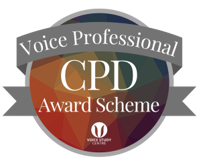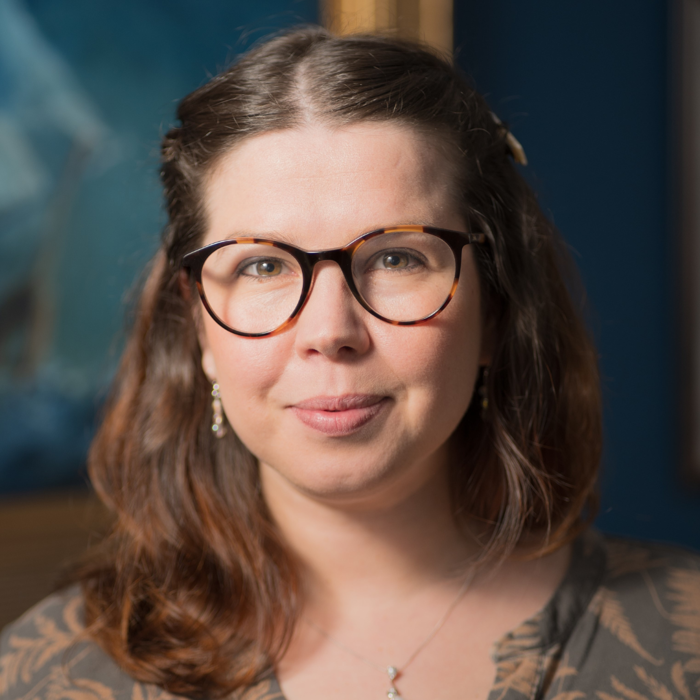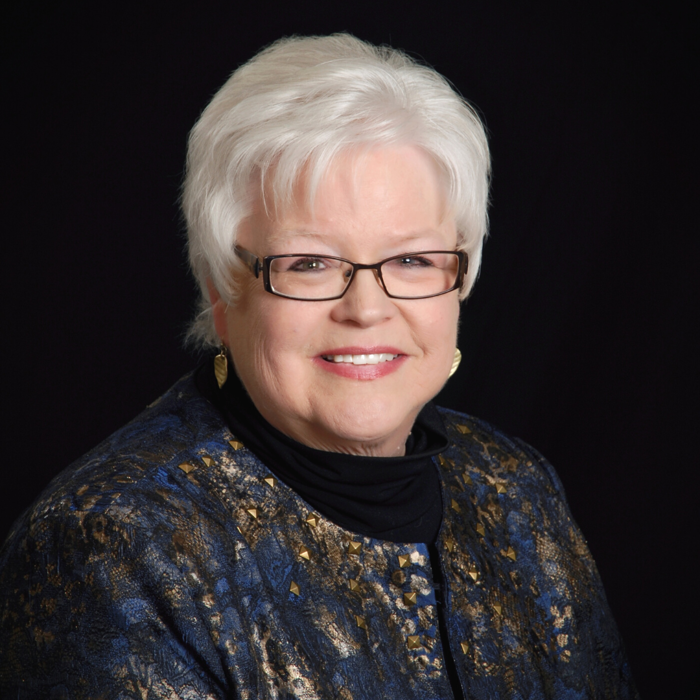The Estill Voice Model©: Research behind Jo Estill’s paradigm shift in voice training and treatment
Tuesday 17th September 2024, 5:00 PM - 7:00 PM (London Time)
For over 40 years, the Estill Voice Model (EVM) has defined voice quality according to the physiologic adjustments that correlate to acoustic and auditory-perceptual correlates. In other words, movement of the vocal anatomy that you can FEEL produces a characteristic acoustic soundwave and spectral shape that you can SEE that results in a unique voice timbre or quality that you can HEAR. EVM addresses the daunting degrees of freedom issue in voice motor control by isolating the Craft of voice production from the Artistry and Performance Metaphysics. The EVM proposes an integrated implicit-explicit approach for voice motor learning that flows through all training and therapy protocols. Implicit instructions include auditory-perceptual prompts (e.g., quack like a duck to produce “twang”) and explicit prompts train physiologic conditions of the vocal anatomy correlated with the voice quality (e.g., narrow your aryepiglottic sphincter to produce “twang”). Estill Voice Training® exercises informed by the EVM address power, source and filter properties of voice production, and include: narrowing the aryepiglottic sphincter for “ring” in opera & belt and for increased power in hypofunctional voices; and varying vocal fold mass for register shifts and optimizing contact for hyperfunctional voices. Speakers, singers, and voice patients learn to feel, see, and hear the voice via multiple feedback modes including hand gestures, magnitude estimation of bodily-kinesthetic effort, visual acoustic cues in the real-time spectral analysis program, Estill Voiceprint™. This presentation will highlight scientific research and clinical evidence for using Estill Voice Training® exercises to train and treat all voices, from the novice speaker to the expert performer. Learn about the evidence supporting a new way to Feel, See, and Hear the Voice.
🏷️ Price £30 (UK VAT inclusive)
🎥 Recording automatically sent to all who book (even if you cannot attend live)
▶️ Rewatch as many times as you like
📜 Certificate of attendance available
Kim Steinhauer
Kimberly Steinhauer, Ph.D.,has devoted her entire career to the voice—in song, education, and research. As a singer, she has been employed in a variety of musical venues ranging from pop, musical theater, and opera to sacred music.

Attend this course for as little as £22 as part of the Voice Professional Training CPD Award Scheme.
Learn MoreSorry, this is an archived short course...
We have plenty of upcoming short courses coming soon. See details of some of them below or look at the full list of short courses.

Monday 12th January 2026
12:00 PM - 1:30 PM
Tuesday 13th January 2026
12:00 PM - 1:30 PM
Wednesday 14th January 2026
12:00 PM - 1:30 PM
Thursday 15th January 2026
12:00 PM - 1:30 PM
Tuesday 20th January 2026
12:00 PM - 1:30 PM
Wednesday 21st January 2026
12:00 PM - 1:30 PM
(London Time)
Level One Certificate in Accents and Phonetics

Louisa Morgan
Are you a voice, acting, or singing coach looking to expand your expertise and add accents and phonetics to your teaching repertoire? This 6-session course covers essential topics such as articulatory, acoustic, and auditory phonetics, the International Phonetic Alphabet (IPA), and ethical approaches to accent and dialect coaching. By the end of this course, you'll be equipped with the knowledge and practical skills to start to bring phonetics and accent coaching into your coaching and provide more comprehensive support to your clients.


Monday 12th January 2026
2:00 PM - 4:00 PM
(London Time)
Emerging and Developing Voice: Singing and Speech

Karen Brunssen
How does the singing voice influence the speaking voice? How does the speaking voice influence the singing voice? When is there a disparate relationship between the two? Can they help each other? Can one harm the other? How can we use them positively in the voice studio. During this short course we will consider the voice as we sing and as we speak. The acquisition of language is a very interesting journey from birth through old age. We will broach the topics of “lexical” which refers to learning words, and “semantic” which is how we use words in the context of language.


Monday 12th January 2026
5:00 PM - 7:00 PM
(London Time)
Perfectionism: A Theoretical & Clinical Overview

Dr David Juncos
What exactly is meant when we label ourselves or someone we know a perfectionist? It is a good to be this way? Or are you setting yourself up for failure? Can a performance psychologist or a other performance-related practitioner help you if you’re a perfectionist? In this short course, you will learn how perfectionism is defined according to popular models in clinical psychology, and whether it is maladaptive or adaptive. You will also learn how perfectionism impacts on music performance anxiety, in addition to other areas of importance for performing musicians, like work-related stress and burnout, and procrastination with one’s practice.
